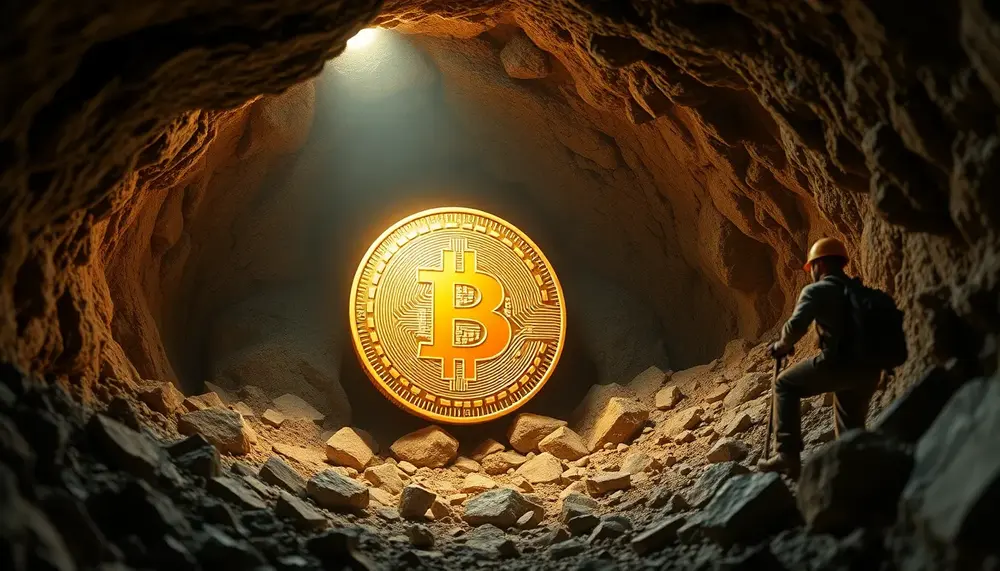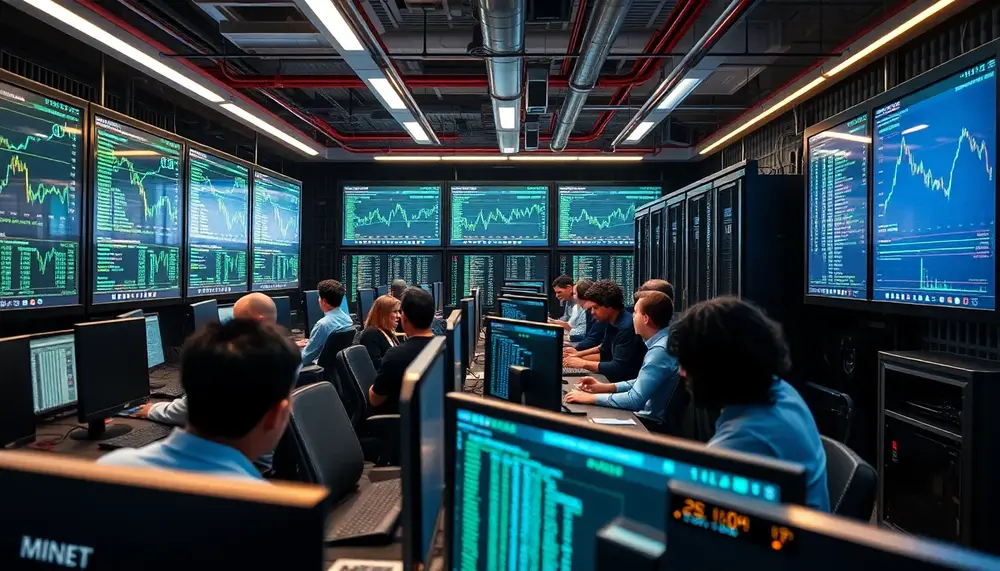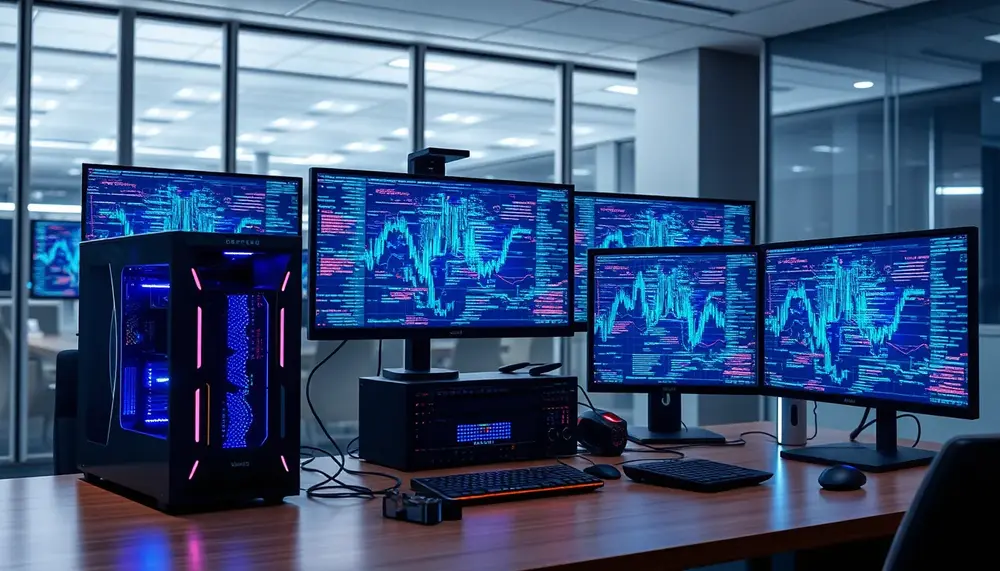Halving
Halving
Welcome to our glossary entry on the intriguing term Halving associated with the world of BitcoinMining. The understanding of this concept is essential for both beginners and experienced participants in the Bitcoin ecosystem. Let's delve in and dissect this term to make it easy for everyone.
What is Halving in Bitcoin Mining?
Halving in bitcoin mining is an event where the reward for mining new blocks is halved, meaning miners receive 50% fewer bitcoins for verifying transactions. The Halving happens at intervals of 210,000 blocks, which is roughly every four years. This event is crucial to Bitcoin's economic model and part of the original design by the anonymous creator, Satoshi Nakamoto.
The Purpose of Halving
The Halving mechanism is intricately tied to Bitcoin's store of value. It works to slow the rate at which new bitcoins enter circulation, mimicking gold mining where the more you mine, the less you find. As a result, bitcoin's scarcity increases over time, potentially enhancing its value given constant demand.
History of Bitcoin Halvings
Since Bitcoin's inception in 2009, there have been three Halvings. The first in 2012, the second in 2016, and the most recent one in 2020. After each event, the block reward miners receive for their efforts was halved, beginning with 50 bitcoins per block to the current 6.25 bitcoins.
Impact of Halving on Bitcoin Miners and Market
The Halving event bears a significant impact on bitcoin miners, as their potential reward for validating transactions is notably reduced. Still, the impact on the overall market is more unpredictable. While some believe Halving events create an upswing in bitcoin price due to increased scarcity, other factors, like demand itself and market sentiment, also play pivotal roles.
Final Thoughts on Halving
The concept of Halving in Bitcoin mining serves to create a form of 'controlled supply'. By lowering the reward for miners over time, Bitcoin maintains its deflationary nature, making it an interesting financial asset in the eyes of many. As we anticipate the next Halving event, it's fascinating to see how this interplay of supply, demand, and incentive will continue to shape the Bitcoin landscape.
Blog Posts with the term: Halving

Bitcoin mining apps can transform your device into a mini mining rig, but with the market flooded by both genuine and dubious options, it's crucial to verify platforms like Google Play for reliability through download numbers, ratings, user reviews, and...

Bitcoin mining costs are heavily influenced by electricity expenses, which vary globally and can determine the profitability of operations; miners must balance efficiency, location advantages, and regulatory environments to succeed....

This article provides an introduction to Bitcoin Mining ROI (Return on Investment) and explains how it is calculated. It discusses the factors that affect mining profitability, such as electricity costs, hash rate, block reward, Bitcoin price, and mining difficulty. It...

Bitcoin mining involves solving complex puzzles, requiring significant electricity consumption which impacts profitability; factors like hashrate, hardware efficiency, and regional electricity costs play crucial roles in determining energy expenditure. Technological advancements such as ASICs and smart software improve efficiency by...

Bitcoin's mining reward system, which reduces rewards through halving events approximately every four years to maintain scarcity and influence market dynamics, plays a crucial role in shaping Bitcoin's value and technological evolution. These halvings impact supply by capping it at...

Understanding your objectives for Bitcoin mining is crucial, as it influences decisions on hardware, location, and risk management; key cost factors include electricity rates, cooling needs, maintenance expenses, and network difficulty. Efficient hardware can reduce energy costs significantly but often...

The article explains the Verus Coin block reward system, detailing how miners receive VRSC for validating new blocks and discussing factors like network difficulty, hashrate, electricity costs, hardware efficiency, market price of VRSC, and block reward halving that influence mining...

Bitcoin mining in Pakistan is gaining traction due to increasing awareness and potential profits, despite challenges like high electricity costs and equipment acquisition. The market for mining machines varies widely in price based on specifications and demand, with graphics cards...

Crypto mining costs are influenced by factors such as location, hardware lifespan, market volatility, and maintenance needs; energy consumption is crucial to manage for cost efficiency. Additionally, the role of hardware in expenses involves initial purchase costs and upgrade cycles,...

In this article, the author explores the potential profitability of Bitcoin mining in 2023. They discuss various factors that can influence mining profitability, such as mining difficulty, block rewards, energy costs, and the value of Bitcoin. The article also highlights...

Flux Node Mining allows participants to earn rewards by contributing decentralized infrastructure to the Flux network, with nodes categorized into Cumulus, Nimbus, and Stratus based on hardware requirements and collateral. This guide provides detailed steps for setting up a node,...

Mining rewards per block are a crucial mechanism in cryptocurrencies like Bitcoin, incentivizing miners through newly minted coins and transaction fees to secure the network while maintaining decentralization. The halving process reduces these rewards by half approximately every four years,...

Litecoin mining involves validating transactions on the Litecoin blockchain using specialized hardware, and while it can be profitable, factors such as electricity costs, initial hardware investment, legal regulations in your country, and potential security risks must be considered. Joining a...

Mining pool transaction fees are crucial in the Bitcoin mining ecosystem, affecting miners' profitability based on various reward systems like PPS, PPLNS, FPPS, and Proportional; understanding these structures helps miners align their strategies with fee distribution to maximize earnings....

